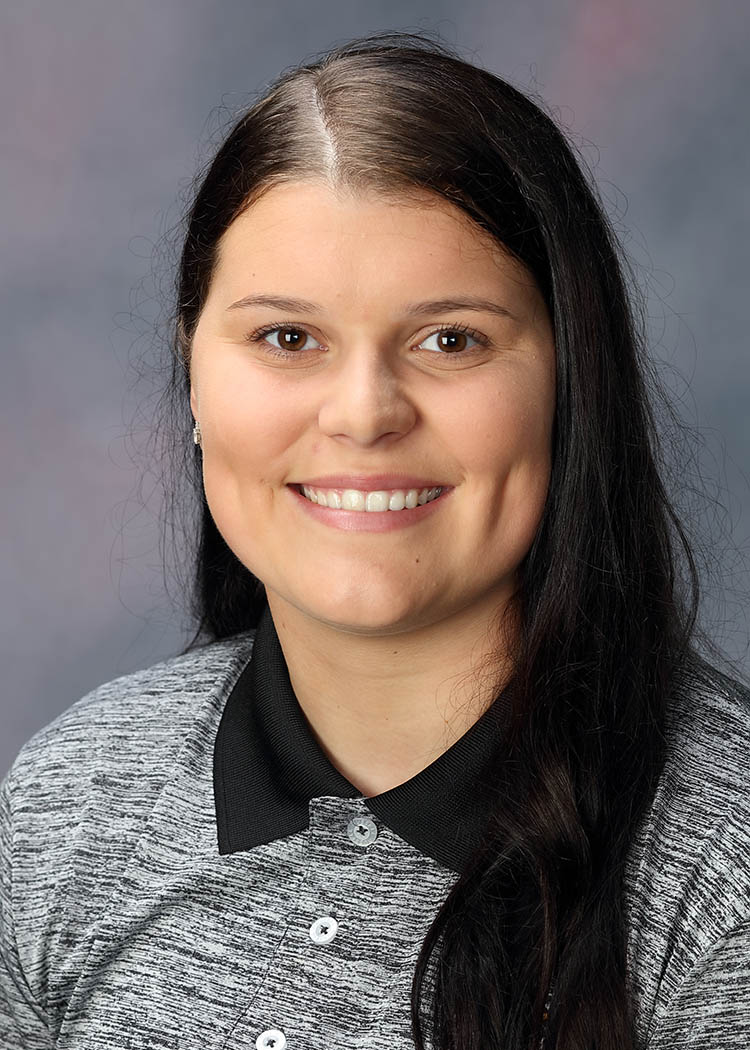By Makenna Fritts
Ness City junior
We can sometimes hold on to something way past when we should have let it go. Many ranchers and cow/calf operators are guilty of holding on too long to cows that need to be culled. Perhaps it’s a young replacement heifer for the herd, a favorite cow that lost a calf or didn’t breed back, or that mean-tempered cow that’s put you over the fence at least once or twice. Whatever the reason, she’s costing money (feed, pasture rent, vaccine, or medical bills) without a return of income.
Culling cows comes down to a few basic issues such as age, health, breeding history, udder soundness, and mothering ability. Having good records on every cow makes the culling decision less of a guessing game and more about hard facts.
There’s a decline in the reproduction of a cow at 8-10 years of age and an even steeper decline at 12 years of age or older, according to a Drovers article titled “Proper Cow Culling Is Important to Your Business.” At 12 years of age the cow will also wean 25-percent less in a calf’s weaning weight than the previous year, said Dr. Kurt Vogel, DVM for Heritage Veterinary Services, Utica. Harlan Hughes in a recent Beef Magazine article referenced CHAPS (Cow Herd Analysis Performance System) and suggested 2.3 percent of cows are culled due to old age.
When it comes to the health of the cow, keep a close eye on the soundness of hooves, legs and eyes. A cow with foot rot infection, arthritic, or stifle joint issues won’t travel a pasture like they should, and their body condition score (BCS) is going to go down because of these mobility issues that reduce their capability to graze and travel to a water source.
Also according to Drovers, cancer eye is a big health problem due to the fact that it’s a leading cause for condemning beef carcasses. If the cow is culled when the cancer growth is small, before it engulfs the eyeball and invades the lymph nodes, the carcass can be used for a beef product and not be condemned as unfit for human consumption.
Some ranchers or cow/calf operators put less culling pressure on the breeding history of the cow. Vogel says a cow needs to raise a calf every year, or she needs to be sold. Pregnancy checking will eliminate feeding an animal that doesn’t have a calf at the end of the calving season.
CHAPS suggested that 5 percent of the cows culled are culled due to them being open (not pregnant), said Hughes. Depending on the rancher or cow/calf operator, a cow might be culled if she loses her calf, has calving difficulties, or if she aborts her calf. At the end of the day, if the cow isn’t producing and raising a calf, she’s not paying her way and she’s costing the operator time and income.
Udder soundness is important when it comes to weaning weights in the calves. A cow with big teats makes it difficult for new born calves to suck and get valuable colostrum needed for a healthy immune system, and cows with large, funnel shaped teats might indicate a previous case of mastitis (inflammation of breast tissue that sometimes involves an infection) and renders the quarter milk production, said Drovers. A cow with one bad udder quarter is going to wean 30 pounds less in calf weight, said Vogel. A cow with good udder health and good milk production makes for a healthy calf.
It’s vital that a cow displays good mothering ability. You don’t want a cow that gives birth to a calf and walks away, leaving it to get chilled during winter conditions or become vulnerable to predators. Inadequate mothering ability makes the rancher or cow/calf operators’ life just a little more difficult, because more man hours are required to get the cow/calf pair into a barn or corral and make sure the cow and calf bond. However, if the cow is too aggressive, the rancher or cow/calf operator has to determine if she’s too great a risk to the operator’s safety.
When culling any cow, make the most income. While a cow/calf producer’s yearly focus may be on annual calf sale revenue, 15-30 percent of a cow/calf operators’ yearly gross revenue comes from the sale of culled cows from the herd, according to Greg Henderson, in another Drovers article. Those percentages really put into perspective how important it is to cull the cow herd at the best time when the market is high.
Over the last 30 years, the best time to take cull cows to market is March through May, and the least opportune time to market them is November through January, said Drovers. Therefore, holding onto fall cull cows and selling at a later date might realize a higher profit by allowing the cows to gain weight and additional fat. Watching local cattle markets and timing sale decisions could make a difference in revenue for any size operation.
There are no annual revenue guarantees for ranchers and cow/calf operator. Every day has its challenges, but keeping accurate records on each cow in any operators’ herd is the key to making good culling decisions. Cows that fall short of culling management criteria should be considered for culling.
Makenna Fritts, a 2016 Ness City High School graduate, is a junior majoring in agronomy at Fort Hays State University. She is the daughter of Aaron and Stephanie Pavlu, Ness City.
This essay on a topic in agriculture was researched and written by a student as part of a project in a senior animal science class at Fort Hays State University. The project director is Dr. Brittany Howell, associate professor of agriculture, bjhowell@fhsu.edu, 785-628-4015.

